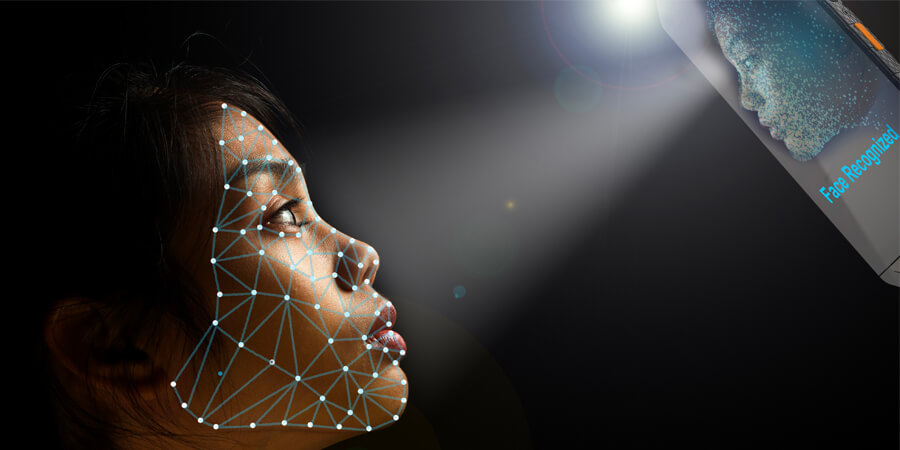Have you recently upgraded your phone? Happy and motivated for its new features? Don’t get too excited just yet, especially when it comes to facial recognition. Though it’s true that facial recognition is widely considered one of the more secure ways of locking your phone and is indeed very hard to dupe, its safety isn't guaranteed across all devices. But for some other systems, this will not be the case. Some smartphones from certain manufacturers have proven susceptible to unauthorized access.
Since 2022, security and privacy tests have shown that 40% of smartphones equipped with face recognition can be fooled by a simple 2D photograph.
Response of Phone Brands
When it comes to these security concerns, most phone brands have absolved themselves of responsibility. They argue that customers are aware of the potential risks during the phone setup process. They are informed that facial recognition may be compromised or even unlocked by objects or similar-looking individuals. Indeed, customers must review and agree to the privacy terms before setting up 2D facial recognition systems.
Some brands provide such facial recognition information in the phone’s settings. There are many levels of biometric authentication, and users are offered options such as swiping, facial recognition, fingerprints, passwords or patterns, many of which are more secure than face recognition.
These issues span across devices ranging from budget-friendly and mid-range to even some premium models. So in all cases, there’s no room for compromise on such security.
Risk to Personal Data
The European Telecommunications Standards Institute has announced some voluntary standards for unlocking biometrics, stipulating that 2D facial recognition systems should fail no more than 1 in 50,000 attempts. However, current systems have proven to be incompatible with these recommended standards.
Manufacturers always strive to ensure their hardware and software meet Android requirements. Unfortunately, this is often done by circumventing the device's security measures, giving the illusion of safety.
Different security levels are taken into consideration. For example, class 3 systems are those with the highest level of dynamic security and an impersonation acceptance rate of more than 7%. Conversely, Class 1 systems are the least secure and can experience breach rates of over 20%.
Protect Your Personal Data
No matter what type of mobile phone you have, don't underestimate the need for it to protect your personal data. Here are a few steps to assist in this important task:
Firstly, make sure to log out of the apps before closing them. Unfortunately, many apps automatically keep us logged in after we close them. When this happens, it makes it easier for potential hackers to bypass locked screens and access sensitive data, potentially causing significant damage.
Second, as face recognition is an optional security feature, simply consider turning it off and replacing it with a fingerprint, password or personal identification number. All phones provide alternative screen lock options.
Lastly, a six-character PIN is generally more secure than a short one , a password that includes a mixture of different characters and symbols is considered the best, as it’s the most difficult to crack. And if your phone allows, consider adding a second layer of protection with an additional word.
In the end, smart security measures are key. And a little effort up front can go a long way toward protecting your all-important data and identity.







